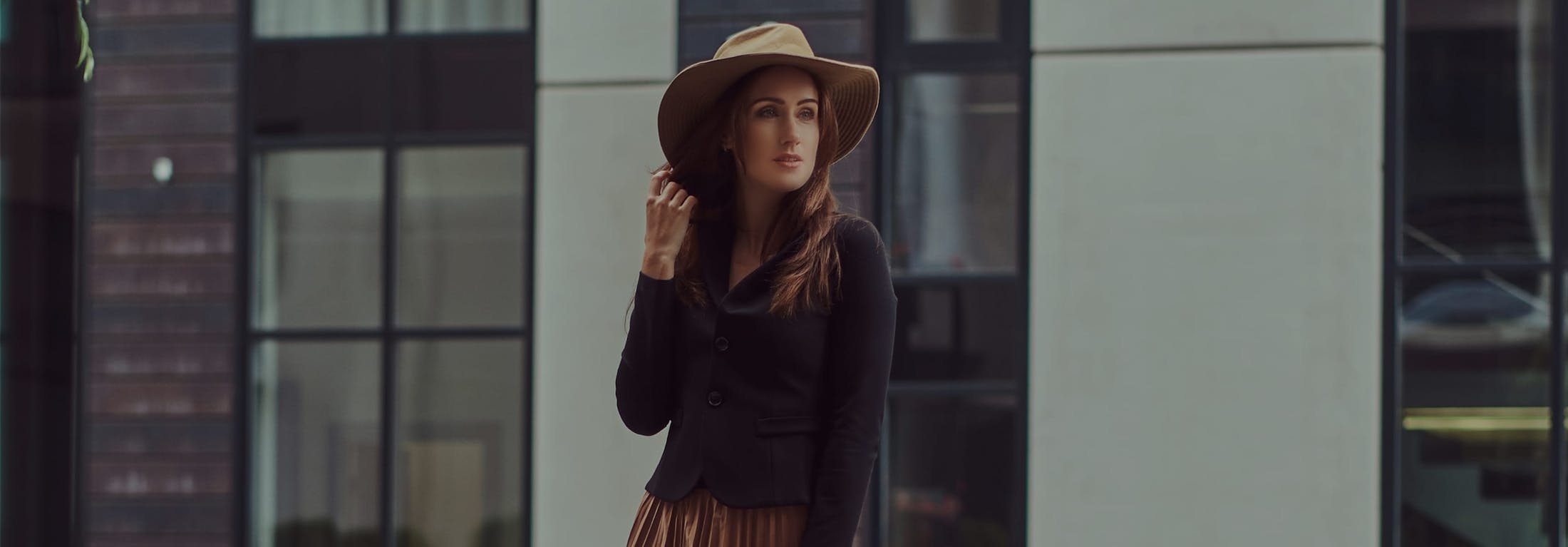
Posted on February 6, 2014
Did you vow to lose weight last year? Have you noticed areas of fat that simply won’t go away? Or excess skin that is still “hanging around?” In this article, Dr. Liu discusses options to complete your weight loss journey and feel more satisfied with your appearance.
Many patients often ask, “Do I need liposuction? Or do I need body-contouring surgery?” The answer is, it depends. Both procedures are related along the spectrum of body contouring. To find out which is right for you, schedule a consultation with a board-certified plastic surgeon. The plastic surgeon will analyze your body, body fat deposits along with your skin quality, to determine which procedure is best for you.
Before embarking on any body-contouring surgery, you should have met your weight goal. Liposuction is not a substitute for weight loss. Many patients who are overweight may have “fat” to remove, but the results could be unsatisfactory if the patient hasn’t made the proper lifestyle changes to maintain these results. We want you to look and feel your best long after the scars have healed from surgery.
Whenever we evaluate a patient for body contouring, the relationship between the skin and fat often helps determine which surgical procedure will be most effective.
Liposuction is the surgical removal of fat. There are many types of liposuction available: traditional (or simply suction-assisted liposuction or SAL), power-assisted liposuction (PAL), VASER (ultrasound-assisted liposuction or UAL), and SmartLipo™ (laser-assisted liposuction). For liposuction to work, the fat must first be disrupted. Power-assisted liposuction uses an oscillating motor attached to the cannula to disrupt the fat. Ultrasound-assisted liposuction uses ultrasonic energy and the associated heat to disrupt and melt the fat. SmartLipo™ uses laser light energy to melt the fat. Regardless of the type of energy used, the traditional liposuction cannula is necessary to remove the disrupted fat. After surgery, patients must wear a compression garment to control swelling and help with skin contracture. Ultimately, it is the combination of surgical fat removal, postoperative compression and skin contracture that makes liposuction successful for body contouring.
In some patients, liposuction alone is not sufficient or indicated for optimal results. Oftentimes, these are patients with excess skin and relatively little fat. Liposuction alone will remove the fat, but that won’t solve the issue of extra skin. Often, when a patient loses a lot of weight after bariatric surgery or diet and exercise, the patient is left with excess and loose skin after the fat is reduced. This excess skin is often thin and has stretch marks. Damaged skin does not conform to the new, slimmer body frame – whether after weight loss or liposuction. When loose/excess skin is present, the only solution to a better body is surgical excision. That is why after massive weight loss, patients often will need an abdominoplasty (front skin excision) or circumferential body lift (front and back). Other post-weight loss body contouring procedures include thigh lifts, arm lifts, and breast lifts. Surgery excises (removes) the extra skin and then the body is tightened and redraped to create a new body with a more desirable shape.
Only a board-certified plastic surgeon can determine if you are a suitable candidate for liposuction and/or surgical body contouring surgery. Contact Liu Plastic Surgery to schedule your consultation.


